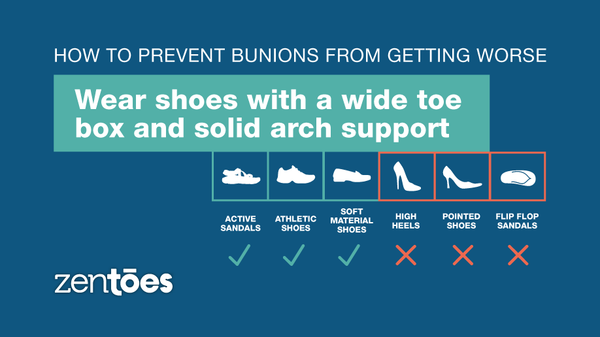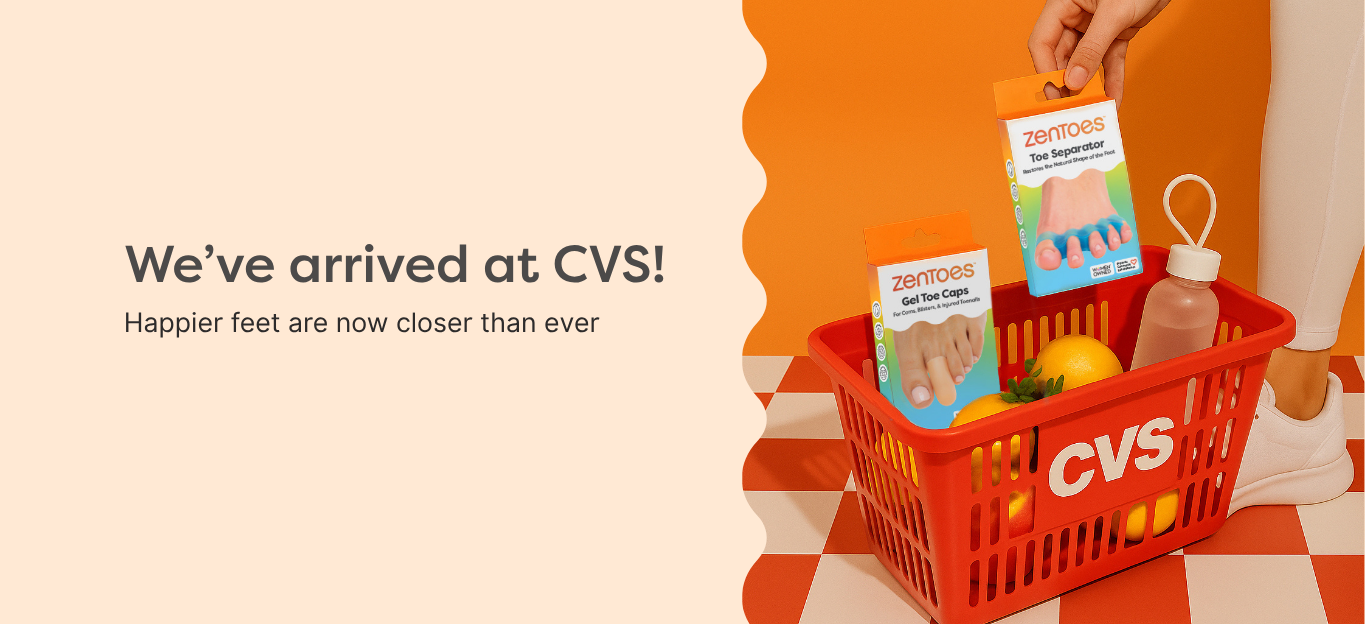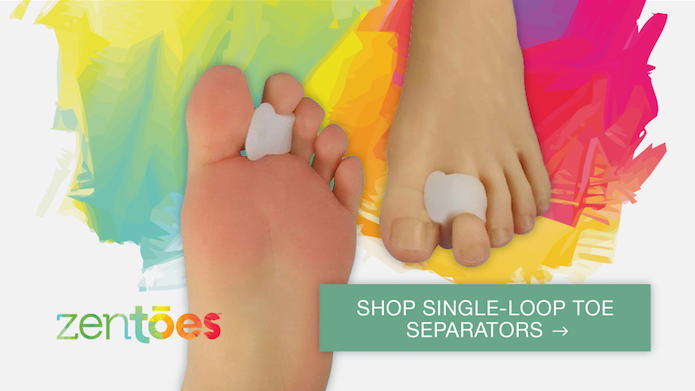
A bunion is a bony bump at the joint of your big toe. It forms when the bone or tissue at the big toe joint moves out of place, forcing the toe to bend inward. This can cause a bulge to develop on the bone of the foot, which can be extremely painful if left untreated.
Bunions develop when abnormal amounts of motion and pressure are exerted on the joints and tendons of your foot. The underlying cause of bunions can range from the way you walk, to your inherited foot type or the type of shoes you wear.
The condition can also result from foot injuries, neuromuscular disorders and congenital deformities. Those who suffer from flat feet or low arches, arthritis and/or inflammatory joint disease are also susceptible.
Lifestyle can also be a factor. Occupational conditions that place considerable stress on the feet can bring about bunions as well as shoes that are too tight or cause the toes to squeeze together.
When left untreated, bunion pain can go from mild to severe, making it difficult to perform everyday activities on your feet. So how can you prevent bunions from getting worse?
We’ve summarized three possible prevention solutions along with pain management tips to help you find relief right now.
Note: consult your doctor before making changes to the way you treat and live with bunions.

1. Wear shoes with a wider toe box
Poor-fitting shoes can trigger bunions to grow and develop. Avoid wearing tight-fitting shoes that crowd your toes and put pressure on your joints.
Shoes should fit the shape of your foot and offer wide, deep toe boxes, as well as flat heels, flexible soles, and good arch support.
Structured sandals (not flip-flops), athletic shoes, and those made from soft materials are all typically good choices. If you choose a shoe with a back, make sure it has a sturdy heel counter (the part surrounding the heel) to keep your foot firmly in place.
2. Wear shoe inserts or custom orthotics
Shoe inserts may help control the functions of the foot and reduce the symptoms of bunions while preventing the deformity from getting worse.
If your feet flatten excessively, your podiatrist may recommend orthotics to reduce your symptoms and prevent bunions from growing.
3. Use high-quality toe separators
Toe separators are silicone rings or spacers that fit over your big and/or second toe, or sit in the gap between your toes to prevent the big toe from drifting inward. They gently realign your toe joint while you are wearing them. This realignment can prevent bunions from getting worse while providing relief and comfort during the day.
Unlike pads that only prevent irritation on your bunion, toe separators work to re-align your big toe and correct the position of your whole foot, relieving the painful, damaging effects of poor alignment while you wear them.
Toe separators also help prevent toe drift while stretching the tissues around the big toe joint to further reduce strain.
Tips for managing bunion pain
While the tips above will help prevent bunions from getting worse, you may still experience pain. To help mitigate pain from bunions, try the following techniques.
Although they won't necessarily prevent bunions from getting worse, they can help make living with bunions more manageable.
Ice the area several times a day
Apply an icepack to the affected area a few times a day to reduce swelling.
Use non-steroid anti-inflammatories
Anti-inflammatory drugs can help ease pain and reduce inflammation.
Consider physical therapy
Physical therapy can help strengthen foot muscles, improve toe alignment and relieve the inflammation and pressure on toe joints caused by bunions.
Be sure to consult a physical therapist before attempting any exercises on your own, or you'll risk making things worse. Physical therapy treatments for bunion pain may include any or all of the following:
- hands-on therapy: a physical therapist may be able to gently move your big toe and ankle to improve range of motion or use ultrasound therapy to treat soft tissue problems associated with bunions
- exercises: many physical therapists teach stretching and strengthening exercises to improve your walking gait or the alignment of your toes, depending on your individual needs
- pain management: your physical therapist may be able to teach icing, massaging and other techniques to relieve pain caused by bunions
- other lifestyle-specific recommendations: depending on your physical needs for your job or leisure activities, your therapist can provide tips for living with bunions day-to-day
Use bunion protectors to shield your foot from the inside of your shoe
If you're out and about and hoping to avoid bunion inflammation while wearing shoes, bunion protectors can insulate your bunion so your shoes don't irritate it during the day.



